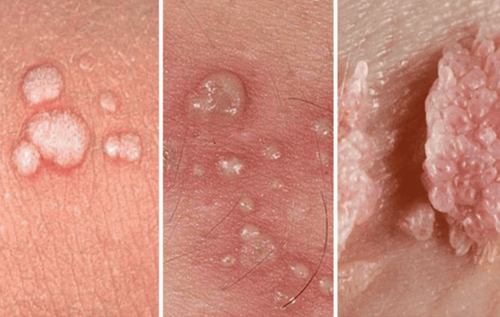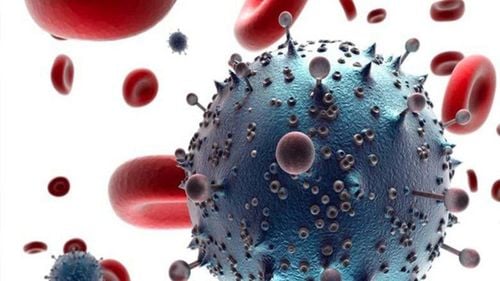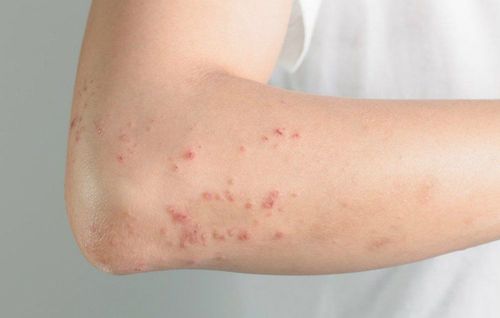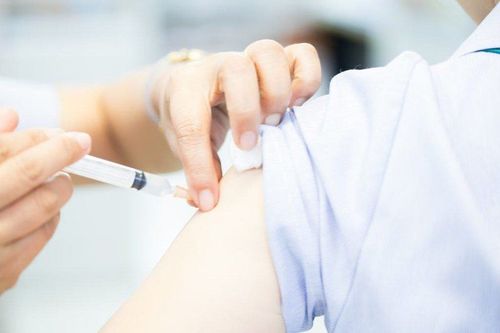This is an automatically translated article.
The article was professionally consulted with Senior Doctor, Dr. Vu Van Tam - Infectious Internal Medicine - Department of Medical Examination & Internal Medicine - Vinmec Ha Long International General Hospital.Most infectious diseases are contagious and have a complicated course, causing the patient's body to collapse quickly if timely medical help is not received. Understanding the common characteristics of infectious diseases will help us to be more proactive in disease recognition and timely treatment.
1. What is an infectious disease?
Infectious diseases are also known as infectious diseases. This is a group of diseases that are common on all continents but especially in countries with hot and humid climates (tropical). Infectious diseases are caused by microorganisms, also known as pathogens. The disease can be transmitted in the community by many different routes and sometimes becomes epidemic with a very large number of infected people. The disease usually progresses in stages.2. History of infectious disease research
Infectious diseases have been known since ancient times. In the time of Hippocrates, infectious diseases were known as "plagues" to describe the severe and widespread nature of the disease. At that time, it was thought that the disease was related to "Poison gas". In the 16th century, the theory of "Contagion" was born instead of the concept of "Poison gas".Theory of disease transmission from sick people to healthy people was developed by D.S. Samoilovitra proposed in 1784, the author thought that the cause of infectious diseases was a very small living organism.
However, it was not until the beginning of the nineteenth century, with the advent of the microscope, that the scientific basis for infectious diseases was proved by the discovery of some bacteria. The achievements in bacteriology in the second half of the nineteenth century were the basis for separating infectious pathology from general medical pathology. The emergence and detection of more and more pathogenic microorganisms makes infectious diseases more and more abundant.
According to infectious disease epidemiological studies , today the number of infectious diseases has been studied up to hundreds and with development, more new infectious diseases will be included in the list of infectious diseases.

Kính hiển vi ra đời giúp chứng minh sự tồn tại của một số vi khuẩn gây bệnh
3. General characteristics of infectious diseases
Infectious diseases are diseases caused by microorganisms, also known as pathogens. Usually, each disease is caused by a single pathogen, in individual cases it can be caused by 2 or more pathogens (Malaria caused by P.falciparum + P.vivax combination...)Transmissible disease Infection is capable of being transmitted from an infected person to a healthy person by one or more different routes.
Infectious diseases develop in successive stages: Inflammation, onset, full development, remission, recovery. After infection, the human body has humoral and cell-mediated immune responses. Depending on the disease, the disease form and the location, immunity is formed to different degrees and the duration is also different.
4. Infectious diseases are transmitted through which ways?
Infectious diseases have the potential to develop into epidemics (even pandemics). Infectious diseases can be transmitted from an infected person to a healthy person by many different routes. Infectious diseases are classified according to the route of transmission, which is classified according to Grama Xep Ski (Russia) and divided into 5 groups of diseases:Gastrointestinal diseases Diseases transmitted by respiratory tract Diseases blood-borne diseases Infectious diseases through the skin and mucous membranes. Infectious diseases can be transmitted in many different ways.
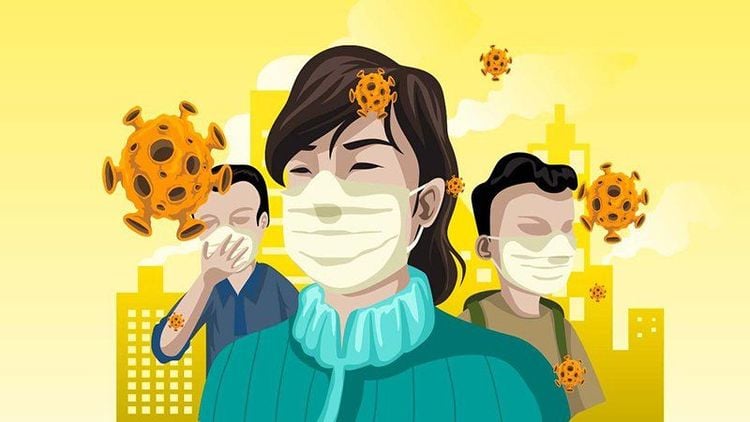
Bệnh truyền nhiễm có khả năng lây lan nhanh và phát triển thành dịch
5. What are the developmental stages of infectious diseases?
Infectious diseases go through the following stages:Incubation period Time is counted from the time the pathogen enters the human body until the first symptoms appear. During this period, the patient does not feel any symptoms. Long or short time depends on the type of infectious disease, the number of pathogens, the toxicity of the pathogen and the patient's body resistance. The incubation period can be very short (hours) but can be very long (months), there are many cases of long-lasting carriers (latent or healthy carriers).
Onset period When the first symptoms appear but not when the disease is most severe and rampant. The onset of the disease can be in one of two ways: gradual or sudden. Most have a fever, and fever is also one of the early symptoms of an infectious disease.
Full-blown period When the disease is most prolific and full of symptoms, it is also when the disease is most severe. Complications (if any) often appear during this period.
Remission period Depending on the patient's body's ability to resist combined with treatment effects, pathogens and toxins are gradually eliminated. The patient will feel better, the symptoms will gradually disappear. However, there are still some infectious diseases that persist for a long time, recur or leave serious consequences.
Recovery period (recovery) After pathogens and toxins are eliminated from the body, the damaged organs will gradually recover, return to normal activities or only mild disturbances, trivial. Patients can be discharged home, can rest or can resume work. However, continued monitoring is required as some cases have relapsed.
6. Principles of infectious disease prevention
Specific prevention Vaccines: There are vaccines to prevent some infectious diseases caused by bacteria and viruses: Measles, Pertussis, Polio, Tetanus, Hepatitis ...Non-specific prevention Food Show personal hygiene, eat cooked, drink boiled. Sanitize the environment, place of residence, workplace... Vinmec International General Hospital is one of the hospitals that not only ensures professional quality with a team of leading medical doctors and equipment systems. equipped with modern technology, but also outstanding with comprehensive and professional medical examination, consulting and treatment services; civilized, polite, safe and sterile medical examination and treatment space.
Please dial HOTLINE for more information or register for an appointment HERE. Download MyVinmec app to make appointments faster and to manage your bookings easily.




